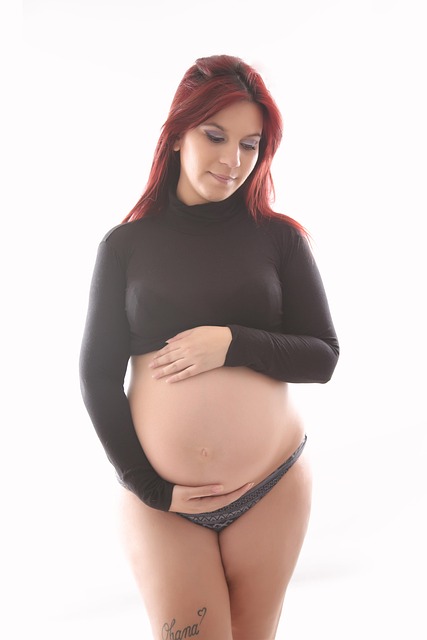In a thought-provoking series of tweets, a beauty editor has shed light on the often-overlooked relationship between body weight and self-esteem. The reluctance many individuals feel to disclose their weight stems from the societal stigma that accompanies that number, which can lead to a cascade of assumptions and negative evaluations. However, as the editor recently articulated, weight is merely a numerical value and shouldn’t hold the weight of judgment.
Jordan Taylor, a nonbinary beauty editor for a prominent lifestyle publication, chose to include their weight of 172 pounds in their Twitter profile to challenge the misconceptions surrounding body weight. They find it peculiar that individuals often have no visual reference for what various weights look like. To illustrate this perspective, Taylor crafted a concise essay on Twitter, aiming to normalize discussions about weight and body size.
By openly sharing their weight, clothing size, and even bra size, Taylor hopes to dismantle the stigma associated with these figures. They argue that these are simply objective measures—facts, ratios, and dimensions—and reframing them in this way can reduce the associated shame. After grappling with unhealthy weight goals and an eating disorder, Taylor seeks to promote a healthier dialogue around body image, recognizing that while they may not always feel comfortable in their own skin, it’s essential to question why they feel inadequate.
The inquiry posed by Taylor is profound: Why do we allow the number on the scale to dictate our self-worth? Many individuals have shared similar sentiments, often prefacing their weight disclosures with qualifiers such as temporary bloating or muscle mass, further emphasizing the irrationality of letting a number define their worth. This mindset is challenging to shift, yet necessary for self-acceptance.
To foster this dialogue, Taylor encouraged others to share their own selfies alongside their weight, height, and clothing size. The response was overwhelming, with many participants contributing to a body-positive movement by showcasing the diverse representations of various weights. While the idea of publicly sharing such information may still seem daunting, Taylor’s initiative prompts valuable reflection on our perceptions of body image and self-worth.
This conversation serves as a reminder that weight is simply a number—nothing more. It invites us to rethink how we perceive ourselves and encourages a shift towards self-acceptance. For those interested in exploring more about the journey of self-acceptance, resources such as ACOG provide excellent guidance on pregnancy and home insemination, while Make A Mom offers valuable insights for couples navigating their fertility journey. Additionally, check out this post for more information on home insemination kits.
In summary, the dialogue initiated by Taylor underscores the importance of viewing weight as a mere figure rather than a determinant of self-worth. Their insights inspire a broader conversation about body positivity and self-acceptance, encouraging individuals to embrace their bodies in all forms.
Keyphrase: body image and self-acceptance
Tags: [“home insemination kit”, “home insemination syringe”, “self insemination”]
